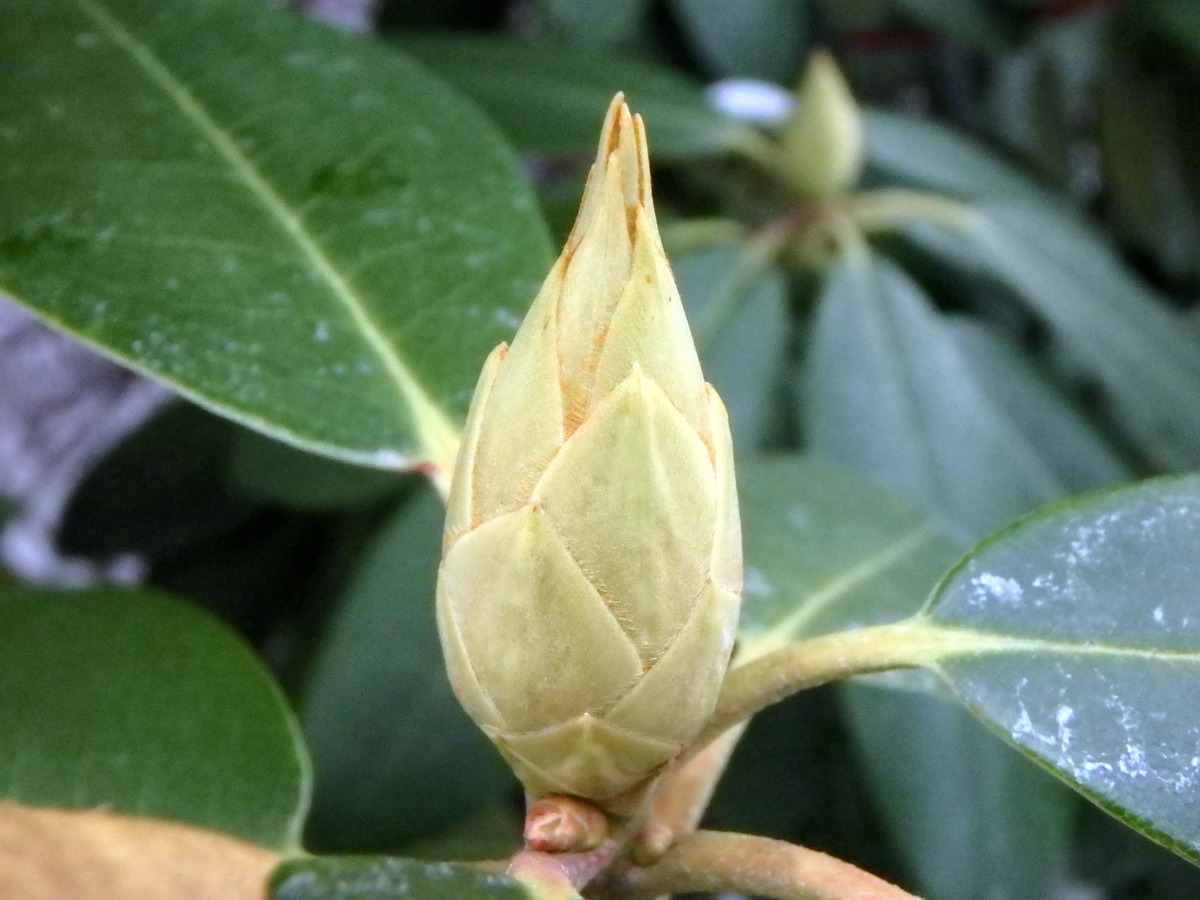
This spring, GDD accumulations have lagged about one to two weeks behind normal for most of Lower Michigan, resulting in delayed development of many trees and shrubs. As temperatures exceed a given threshold (50 F is common for many plants), plants begin to accumulate heat sums that result in bud break, flowering and other key developments.

In the spring, plant growth responds to an accumulation of warm temperatures, referred to as growing degree days (GDD). Early spring growth was further delayed for many plants by cool temperatures. Map by Aaron Pollyea, MSUīud and tissue damage during the winter contributed to some of the issues we have seen with poor or incomplete flowering and stem die-back. Temperatures throughout Michigan were significantly colder than the USDA Hardiness zones that usually guide tree and shrub selection. In addition to cold injury, plants were also damaged by heavy snow loads and mammals during the winter. For many plants, this was cold enough to result in damage to needles or leaves on evergreens or damage to flower buds and other sensitive tissues. If we compare the coldest temperatures observed around Michigan this winter with the USDA Plant Hardiness zone (average lowest temperature) for each location, we’ll see that many locations in Michigan were at least 5 degrees Fahrenheit colder that their Hardiness zone (see map). Why was this winter so hard on plants?Īs noted in earlier Michigan State University Extension articles, this winter saw five major outbreaks of artic air in Michigan. Right, Like many southern species, baldcypress trees were very late to break bud this spring. Above the snow line, flowering was thin to due bud kill.
#Sugar maple leaf bud full#
Left, Snow cover protected the lower part of these forsythia, resulting in a full load of flowers.

Additional plants that have winter-related die-back or winter burn are Japanese maples, rhododendrons, yews and boxwoods. Some of the most severely affected trees from this past winter are zelkova, which frequently suffered severe die-back, and Douglas-fir and dwarf Alberta spruce, many of which have had significant winter burn injury. In addition, we are seeing delayed leaf-out or stem die-back on many southern species such as redbud, sweetgum, tulip poplar and baldcypress. Some common examples of winter-related problems are delayed or incomplete bloom on forsythia, magnolias and dogwoods. In addition, temperatures in March and April 2014 were relatively cool and added to the delayed spring.Īs trees and shrubs have finally begun to push new growth, the extent of this past winter’s injury is becoming more apparent. Many trees and shrubs in Michigan suffered significant die-back or had poor flowering this spring due to this past winters’ cold temperatures. If it seems like some of your favorite trees and shrubs have been slow to leaf-out or flower this spring, you are right.


 0 kommentar(er)
0 kommentar(er)
